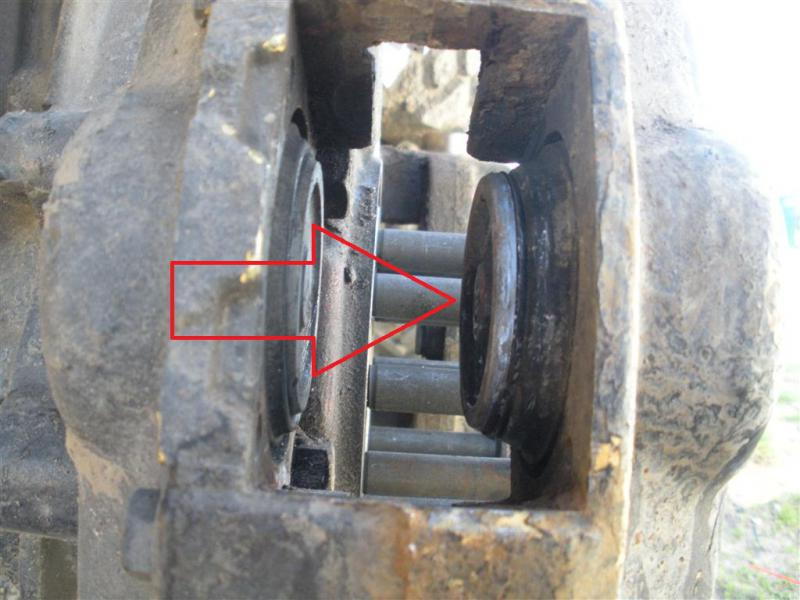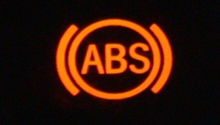Toyota Tundra: Why is the Brake Warning Light On?
The warning lights are your Toyota Tundra's way of telling you something is wrong with it. Read on to learn why your brake warning light is on.
This article applies to the Toyota Tundra (2000-present).
There are only a few ways your Toyota Tundra can communicate with you: either by making noises and sounds, or by activating the warning lights. It's important that you understand your truck's language, so you ensure it gets what it wants. The brake warning light is one of the most important warning lights. Before you do anything, it's recommended you don't drive your Tundra when the brake warning light is activated. This guide will go over the potential causes for the light to go on, and what you can do to fix the issue as soon as you can.

Materials Needed
- Flashlight
- Brake fluid
Step 1 – Check for leaks
The brake lines could be leaking.
The best way to check for leaks is to first check the brake fluid reservoir. If there is a leak, the brake fluid level should be low. This will make it much easier than sliding under the truck. If you discover that the fluid is indeed low, use your flashlight to inspect the brake lines. Visually inspect the brake lines coming from each caliper, and follow it to its connection. Many brake fluid leaks have been known to happen right at the connection where the brake line connects to another component. If you locate a leak, you will need to replace the brake line and bleed the brake system from any air. Signs of a brake leak could be a spongy brake pedal.

If there are no brake leaks, proceed to Step 2.
Step 2 – Inspect brake pads
They could be worn.
The brake pads have a minimum legal thickness of 3.0mm. If your brake pads are thinner than this, your sensor will activate the brake warning light. In the case of worn brake pads, you should start hearing slight squeaking as the truck comes to a complete stop. As the pads get more worn, the squeaking will get louder and will go for longer. To check the brake pads, raise the truck, remove the wheel, remove the two bolts holding the brake caliper in place, and inspect the brake pads. If they are too thin, it's recommended you replace them immediately before they cause any further damage to the rotors.

If the brake pads are in good condition, proceed to Step 3.
(Related Article: How to Replace Brake Pads, Calipers, and Rotors - YotaTech.com)
Step 3 – Inspect brake calipers
It could be sticking.
The brake calipers rarely go bad; however, they have been known to stick. When the calipers' pistons stick, they force the brake pads to consistently rub against the brake rotor. If you catch the issue quick, you won't have to change the brake pads and calipers; however, if you wait until you're smelling a burning smell and listening to squeaks, you will probably have to replace the brake pads and rotors along with the calipers. To check the caliper, look at the groove between the brake pads and the rotor; if you see through it, then it's not sticking. If there is no gap and the pads are touching the rotor without you stepping on the brake pedal, then you have to replace your brake caliper.

Related Discussions
- Brake Warning Light - YotaTech.com
- ABS Light - YotaTech.com
- Brake Light - YotaTech.com






